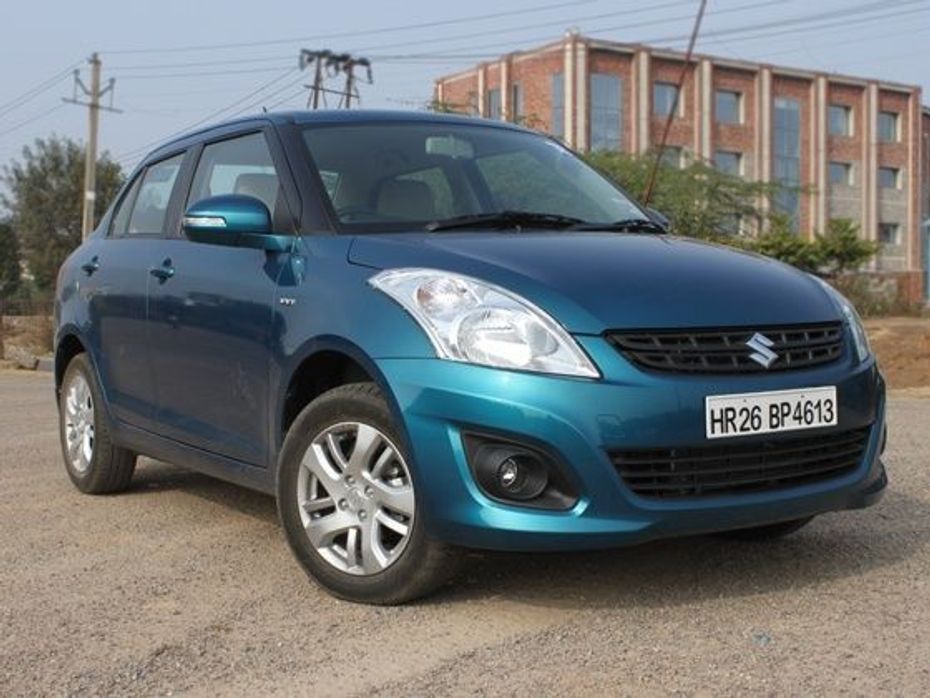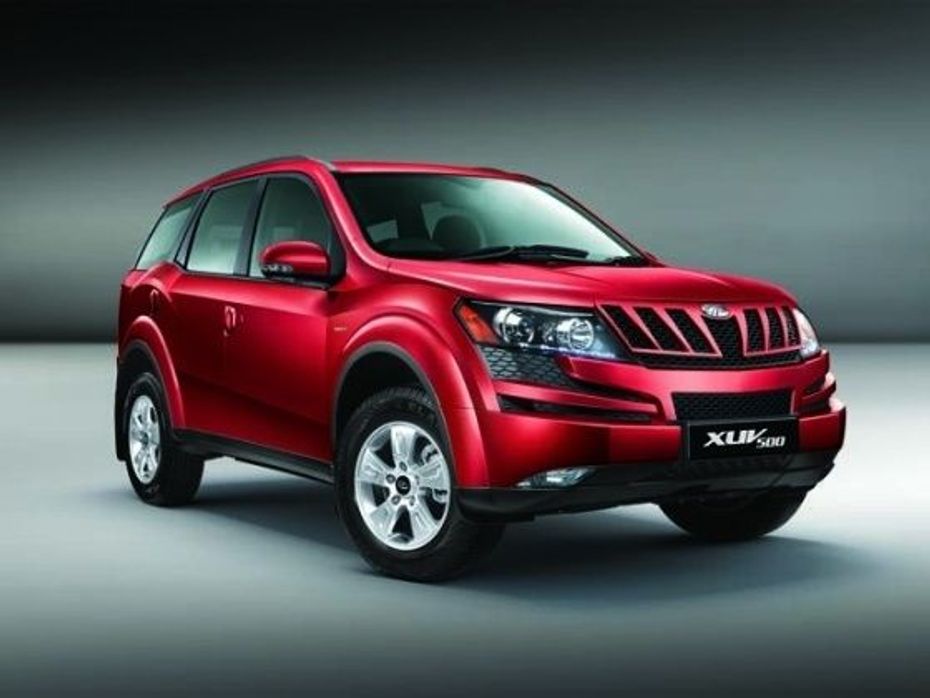
Maruti Suzuki Rock N Road: Redefining the SUV Experience
- Mar 16, 2024
- Views : 66883


Car and motorbike makers, smarting from a tumble in the rupee that has increased import costs, now have little choice but to go local when buying parts - a shift that will further help the domestic industry become a sourcing hub for global automakers. Much of the industry's import bill is due to historical support provided by foreign carmakers. Suzuki Motor Corporation, Honda Motor Co and South Korea's Hyundai Motor Co invested heavily in the country, and local manufacturers looked to the East for parts.
But things are different now. Hit by global risk aversion stemming from the European debt crisis and India's bulging current account and fiscal deficits, the rupee hit a record low last week, and has fallen 26 percent against the yen and 24 percent against the dollar since May 2011. Ajay Seth, chief financial officer of top carmaker Maruti Suzuki, said his company could cut annual parts costs by 25 to 40 percent if it switched to local suppliers. "Localisation is absolutely the only way around a further weakening of the rupee. There is no other answer."
Maruti, which with its suppliers imports about $2 billion (Rs 11,222 crore) worth of parts every year, lost $40 million (Rs 224 crore) in the October-December period as the rupee fell against the yen. "Hedging is only a short-term measure. The only way to truly de-risk yourself is through localisation," added Ajay. The impact of the rupee can perhaps be best seen in the very different profit margins of motorcycle makers Bajaj Auto and Hero MotoCorp, which until recently was aligned with Honda. Bajaj, the nation's No. 2 motorbike maker, uses 97 percent local parts and its imports costs are equivalent to just 15 percent of its export revenue, which grew 40 percent in the year to March 2012 to $1.4 billion (Rs 7,859 crore).
That local edge helped Bajaj to an operating margin of 19.4 percent in the year that ended in March. By comparison, Hero which imports around 15 percent of its parts and saw its costs go up by $70 million (Rs 3,929 crore)in the fourth quarter of the last financial year due to the rupee, posted an operating profit margin of 7.3 percent. Led by auto hubs such as Chennai, known as India's Detroit, and which is located in the southern Indian state of Tamil Nadu, the nation's auto component industry has grown to around $45 billion (Rs 2.52 lakh crore), double its 2008 value.

It is expected to generate annual revenue of $113 billion by 2021, according to the Automotive Component Manufacturers Association of India. "Local sourcing has definitely been a conscious business decision," Bajaj finance head Kevin D'sa said. "India has a very well-established vendor network with state-of-the art production facilities. The need for imports doesn't really exist."
Mahindra & Mahindra, India's biggest SUV maker, is working to bring some parts made overseas back onshore as the rupee has slid more than the company expected, automotive head Pawan Goenka told Reuters. But the company can only localise so much and will still need to import parts such as airbags and parking sensors that are unavailable at home, Goenka added.
Foreign automakers too are looking to increase their parts procurement from India - both for cars made in India and for those made overseas. Volkswagen plans to purchase $890 million (Rs 4,997 crore) worth of parts from Indian suppliers in 2012 for its global factories, double the amount it bought in 2011. Other international carmakers in India, such as Ford, are targeting 95 per cent localisation. "Everybody has a focus on localisation and we are in a very strong position to localise more and more," said Pankaj Mittal, chief operating officer of Motherson Sumi, the world's biggest manufacturer of rear-view mirrors.
Maruti's Seth says the company can change suppliers within four months of a local vendor starting to produce a component, but due to long-term contractual obligations, the company has given itself until the end of 2014 to reduce its imports by 50 percent.

Maruti Suzuki Rock N Road: Redefining the SUV Experience

10 Lucky People To Win Gift Hampers With Maruti Suzuki Celerio Lucky...

Here’s How Fuel Efficient The 2024 Maruti Suzuki Swift Sold In...

2024 Maruti Suzuki Swift: Check Out Its 7 Colour Options In Real-life...

Upcoming 2024 Maruti Suzuki Swift And New-gen Dzire Spotted High...

2024 Maruti Suzuki Swift: UK-spec Model Explained In 8 Images

Latest Spy Images Of 2024 Maruti Swift Reveal Details About Its...

UK-spec Comparison: 2024 Maruti Suzuki Swift vs Hyundai Grand i10 Nios

2024 Maruti Suzuki Swift: Price, Variants And Features Of UK-spec...

Bosch Car Service: Your Trusted One-stop Destination for Car...
India's largest automotive community